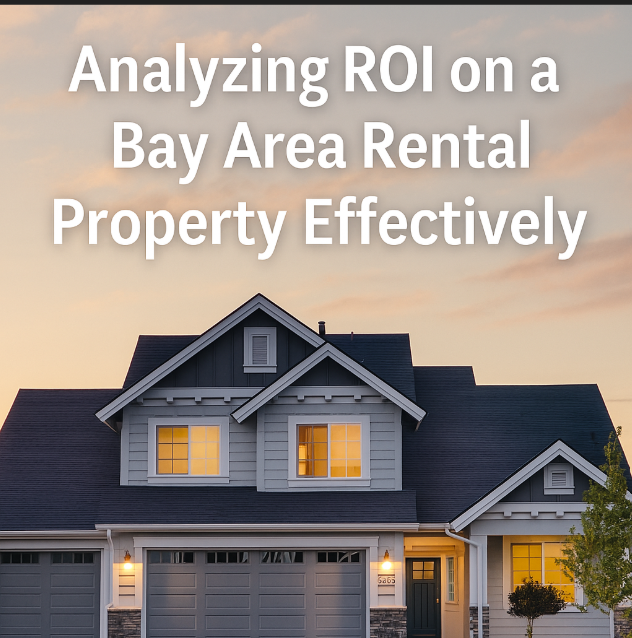Introduction to Houseboats in San Francisco
“Boat slums” commonly refer to liveaboard communities, floating homes, old boats converted into residences, or anchor-outs scattered throughout San Francisco Bay and nearby marinas. They represent a unique and often under-the-radar housing option, offering an alternative lifestyle amid the Bay Area’s pricey real estate scene. But these dwellings come with complexities legally, economically, and logistically. Before deciding to buy or live aboard, you’ll want to dive into the realities of ownership, community dynamics, and local regulations.
While the idea of waking up to the gentle sway of the water and million-dollar Bay views sounds dreamy, life in these so-called “boat slums” isn’t always carefree. Many liveaboard communities face uncertain legal status, aging infrastructure, and constant maintenance headaches, not to mention limited privacy and the challenge of finding safe, legal anchorage. For some, it’s an affordable way to stay near the heart of the Bay Area, but for others, it can quickly become a money pit or a never-ending DIY project. Anyone considering this lifestyle should connect with current residents, check local marina rules, and weigh all the hidden costs before diving in.
Understanding Houseboats: Definition and Context
What Are Houseboats?
- Floating structures designed for habitation. Ranges include:
- Luxury floating homes in well serviced marinas.
- Converted liveaboards docked in urban settings.
- Anchor outs : boats moored offshore without marina service.
- Luxury floating homes in well serviced marinas.
The History of Liveaboard Communities
- Bay Area floating homes date back to the late 1800s in Richardson Bay’s “arks”.
- Mission Creek, Sausalito, and Docktown became bohemian enclaves in the mid 20th century.
- Many faced legal battles and eviction Docktown’s last residents left in 2023, having been evicted after prolonged court battles.
Legal Considerations When Buying a Houseboat
Zoning and Regulations
- Municipal ordinances regulate construction, safety codes, and occupancy of floating homes.
- In most cities, “anchor outs” are illegal enforcement is inconsistent but increasing.
- Liveaboard caps and permit restrictions are controlled by state agencies like BCDC.
Required Permits and Licenses
- Certificate of Occupancy for houseboats in marinas.
- Building, electrical, plumbing, and sewage permits for structural changes.
- Marina permits vary, many restrict liveaboard eligibility or implement strict maintenance standards.
Costs of Buying and Maintaining
Initial Purchase Costs
- Small floating homes in marinas have sold for $300K–$1 M+.
- Anchor outs are cheaper to acquire, but illegal and risky.
Ongoing Costs
- Slip or berth fees typically range from $500–$1,000+ per month, depending on marina location.
- Utilities, docking, and marina amenities add extra monthly bills.
- Maintenance costs include hull upkeep, pump outs, mooring inspections, and possible dry docking.
Pros of Living on a Houseboat
- Alternative, affordable housing : It’s an ownership path in an otherwise unreachable Bay Area market.
- Unique lifestyle: Waterfront views, tight knit community, distinctive living experience.
- Lower property taxes: Especially if the home is personal property without land title.
Cons of Boat Slum Living
- Depreciation & Resale Risk : Floating structures tend to depreciate anchored homes without land ownership may offer little financial return.
- Legal and Permit Risk : Regulations crack down on anchor outs; permit renewals aren’t guaranteed.
- Limited Financing : Traditional mortgages are rare, most liveaboards require high rate chattel or marine loans.
- Unstable Communities : Marinas may evict or increase fees; anchor outs face shifting enforcement.
- Maintenance Demands : Waterfront living means constant upkeep mooring lines, hulls, sewage systems, and plumbing.
- Living Constraints : Tight quarters, limited amenities, and environmental factors like bay pollution or storms.
Tips for Potential Liveaboard Buyers
- Visit multiple communities Marina managed, anchor outs, Mission Creek, or Richardson Bay anchor outs.
- Engage local organizations, such as Liveaboards United.
- Understand permit and marina rules slip availability, liveaboard allowance, BCDC caps.
- Secure strong financing and find niche lenders for marine or floating home loans.
- Conduct due diligence inspect pumps, hull integrity, utilities, and sewage systems; assess marina stability.
- Get community input, talk to residents, read Reddit threads, and attend marina meetings to understand real world challenges.
Case Studies: Real Experiences
- Docktown Marina : Once 100 boat community doomed by legal pushback; residents forced to relocate by mid 2023.
- Mission Creek Community : Approximately 20 liveaboard homes just south of downtown SF; resilient since the 1960s despite pollution threats and urban redevelopment.
- Anchor outs in Richardson Bay : Bohemian dwellers facing eviction and enforcement; cultural icons of seaside living but at high legal risk.
Conclusion
Buying a floating home in San Francisco can be a compelling alternative in a market dominated by sky-high prices, especially for buyers seeking affordability, independence, and a close-knit community. But the lifestyle also comes with legal risk, financial volatility, and plenty of maintenance responsibilities. If you’re drawn to floating home life, carefully evaluate:
- Community stability and marina rules.
- Financing availability and loan terms.
- Long-term risks, including enforcement of regulations.
- Costs of ownership, from maintenance to berth fees.
Life on the water can feel idyllic, but it demands a level of resourcefulness and adaptability that not everyone expects. Weather, tides, repairs, and marina politics all shape daily life in ways that surprise many newcomers.
Your success hinges on being well-informed and prepared. Reach out to a marine real estate specialist, consult local liveaboard organizations, and visit communities firsthand, talk to the people living this life day in and day out. Ultimately, this lifestyle can offer a unique and meaningful living experience, but only if you’re ready to embrace both its freedom and its complexities.








Leave a Reply